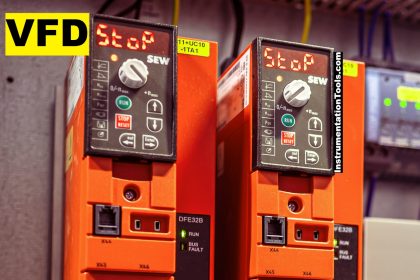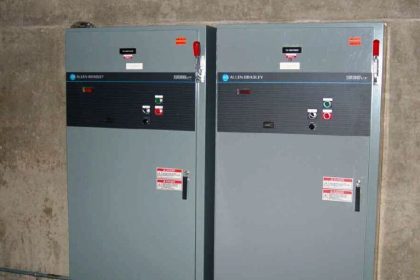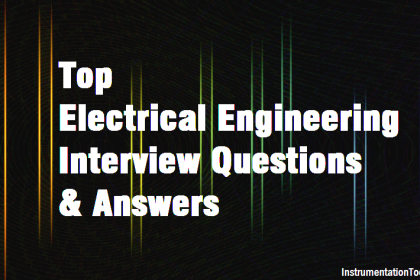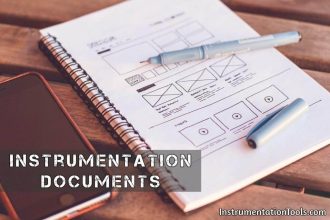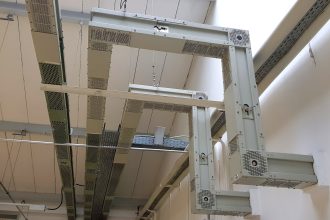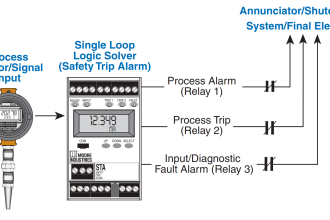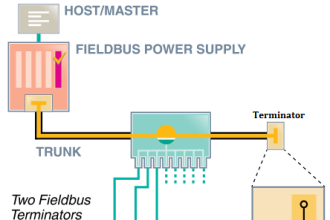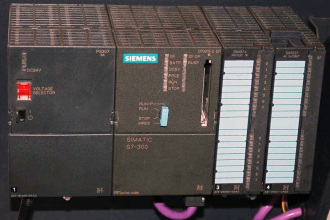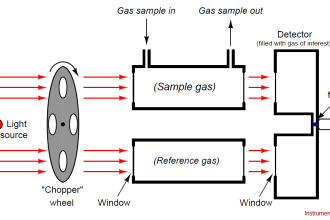Electrical Machines Questions & Answers
1. Magnetic Circuits
2. Basic Concepts in Rotating Machines
-
Reluctance Motor
-
Doubly Excited Magnetic Systems
-
Elementary Synchronous Machines
-
Singly Excited Electric Field Systems
-
Torque Production and Dynamic Equations
-
Terms Pertaining to Rotating Machines
-
Rotating Magnetic Field – 1
-
Rotating Magnetic Field – 2
3. Constructional Features of Rotating Electrical Machines
-
Features of Rotating Electrical Machines-1
-
Features of Rotating Electrical Machines-2
-
Features of Rotating Electrical Machines-3
4. Principles of Electro mechanical Energy Conversions
5. Rating and Loss Dissipation
6. Electrical Machine Applications/ Armature Reaction and Commutation
7. Electromechanical Energy Conversions
8. DC Machines
-
Circuit Model of DC Machines
-
Methods of Excitation
-
MMF and Flux Density Waveforms in DC Machines
-
Effect of Brush Shift and Compensation Windings
-
Efficiency and Testing of DC Machines
-
DC Machine Applications
9. DC Generators
10. DC Motors
-
Operating Characteristics of DC Motors
-
DC Motor Starting
-
Speed Control of DC Motors
-
Permanent Magnet DC (PMDC) Motors
11. Synchronous Machines
-
EMF Polygon – 1
-
EMF Polygon – 2
-
Production of Torque in Non-Salient Pole Machines
-
MMF Produced by Distributed Windings
-
Excitation Systems for Synchronous Machines
-
Flux and MMF Phasors in Synchronous Machines
-
Physical Concepts of Synchronous Machine Operation
-
Power Factor Control of Synchronous Machines
-
Two Reaction Theory of Salient Pole Machines
-
Power Angle Characteristics of Synchronous Machines
-
Measurement of Xd and Xq
-
Synchronous Machine Applications
12. Synchronous Generators
-
Phasor Diagram of a Cylindrical Rotor Alternator
-
Voltage Regulation of an Alternator
-
Operating Characteristics of Alternators and their Ratings
13. Synchronous Motors
-
Synchronous Motor Phasor Diagram
-
Power Factor Correction by Synchronous Motors
-
Starting of Synchronous Motors
14. Efficiency and Regulation
-
Power Flow Through an Inductive Impedance – I
-
Power Flow Through an Inductive Impedance – II
-
Efficiency of Synchronous Machines
-
Losses and Efficiency
15. Synchronous Machine Stability
-
Synchronizing Power and Synchronizing Torque
-
Synchronous Machine Stability
-
Hunting and Damper Windings
16. Induction Machines
-
Induction Motor as a Transformer
-
Principle of Operation
-
Flux and MMF Phasors and Waves in Induction Motors
-
Rotor Frequency
-
Rotor EMF, Current and Power
-
Induction Motor Phasor Diagram
-
Equivalent Circuit
-
Analysis of the Equivalent Circuit
-
Operating Characteristics of Induction Motors
-
Determination of Equivalent Circuit Parameters
-
Power Factor Control of Three Phase Induction Motors
-
Induction Generator
-
Applications of Polyphase Induction Motors
-
Circle Diagrams of Induction Machines
17. Starting of Induction Motors
18. Armature Windings
19. Transformers
-
Transformer Construction
-
Ideal Two Winding Transformer
-
Transformer Phasor Diagram
-
Equivalent Circuit of Transformer
-
Open Circuit and Short Circuit Test
-
Voltage Regulation of Transformer
-
Transformer Losses and Efficiency
-
Parallel Operation of Single Phase Transformers
-
Transformer as a Magnetically Coupled Circuit
-
Three Phase Transformers
-
Autotransformers
